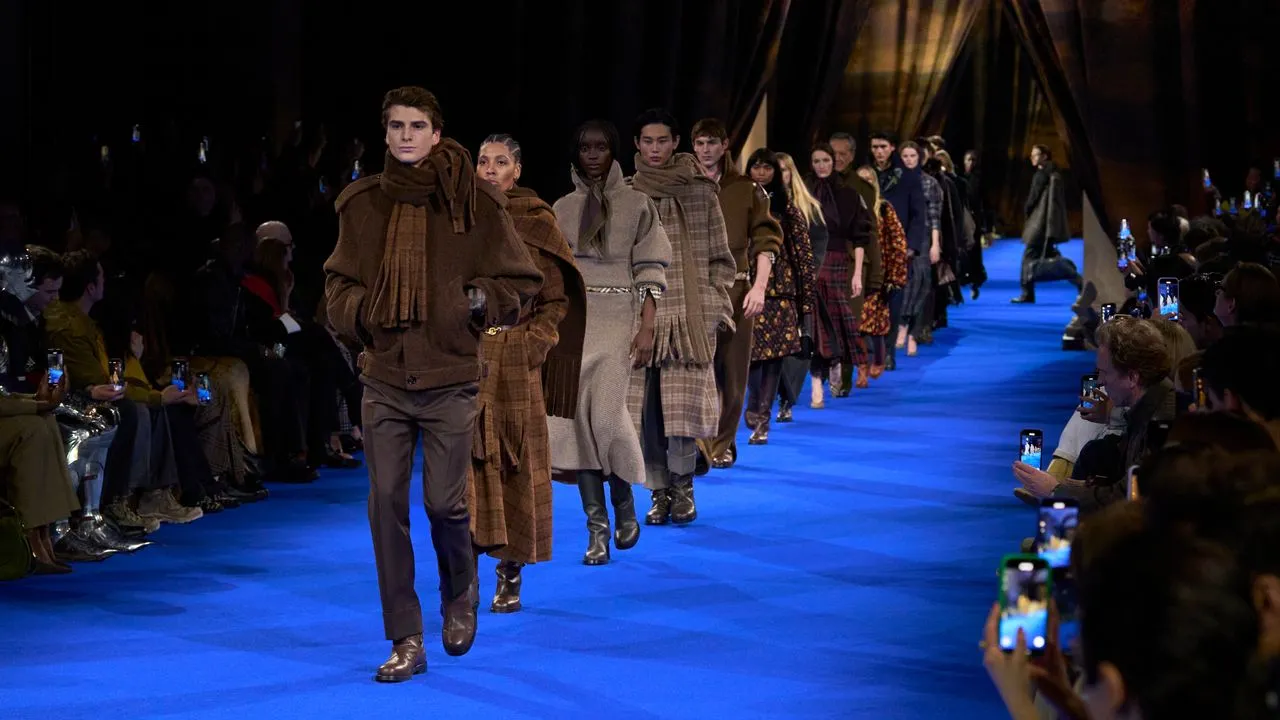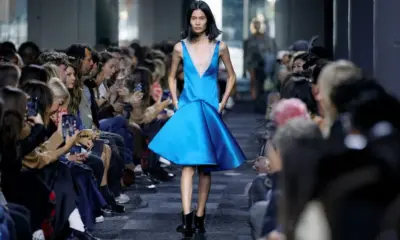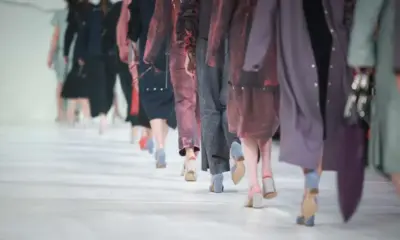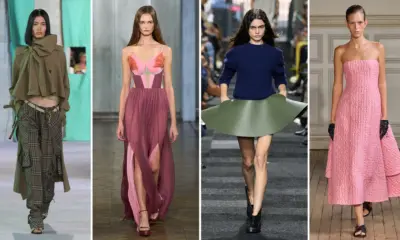Fashion
Fashion Week 2025 Highlights Sustainability and Digital Design

London Fashion Week 2025 captured global attention with a bold emphasis on sustainability, digital innovation, and cultural inclusivity. The event showcased a new generation of designers who are redefining the fashion industry through ethical production methods and cutting-edge technology. As the runways filled with vibrant colors, 3D-printed garments, and eco-conscious fabrics, the message was clear: the future of fashion lies at the intersection of creativity, responsibility, and digital transformation.
This year’s event was not just a celebration of style but also a reflection of how the industry is adapting to the world’s changing values. Designers and brands demonstrated that environmental awareness and technological advancement are no longer competing priorities but complementary forces shaping the future of apparel. The blend of innovation and ethics turned Fashion Week 2025 into a symbol of progress for both the industry and the city of London, reaffirming its status as a global fashion capital.
Sustainability Takes Center Stage
Sustainability emerged as the defining theme across the collections presented throughout the week. Major fashion houses and independent labels alike unveiled garments made from recycled textiles, organic cotton, and bio-fabricated materials designed to minimize waste. Several designers highlighted circular production models, showcasing clothing that could be disassembled and repurposed at the end of its lifecycle.
One of the most talked-about presentations came from a collaboration between British and Scandinavian designers who created an entire collection from ocean-recovered plastics. The pieces combined elegance with environmental purpose, demonstrating that sustainability does not mean sacrificing aesthetic appeal. Similarly, emerging designers from London’s fashion schools introduced innovative dyeing techniques that use natural pigments and minimal water.
Industry leaders emphasized that sustainability is no longer a niche movement but an economic and creative imperative. Consumer demand for ethically produced fashion continues to grow, particularly among younger generations who value transparency and environmental responsibility. Retailers are responding by committing to greener supply chains and exploring technologies that can track and verify the sustainability credentials of products. The dialogue at Fashion Week extended beyond the catwalks, featuring panel discussions on ethical sourcing, supply chain reform, and the role of policy in promoting responsible production.
Digital Design Revolutionizes the Runway
Equally transformative was the rise of digital design. Virtual fashion shows, augmented reality fittings, and digital clothing collections brought a futuristic energy to the week’s events. Several brands introduced garments that existed both physically and in the digital realm, allowing consumers to purchase pieces for use in virtual environments such as gaming or metaverse platforms. This fusion of technology and fashion signals the evolution of style into a multidimensional experience.
Designers are increasingly using artificial intelligence and 3D modeling to streamline production and reduce waste. AI-assisted design tools enable creative teams to experiment with patterns, materials, and silhouettes without relying on physical samples. The result is a faster, more efficient process that aligns innovation with sustainability. Digital design has also expanded opportunities for inclusivity, enabling brands to showcase clothing on models of diverse body types and backgrounds in virtual shows that reach global audiences.
London’s reputation as a hub for digital creativity was on full display as technology companies partnered with designers to create immersive experiences. Attendees used mobile apps and augmented reality glasses to view behind-the-scenes content, fabric details, and environmental data in real time. These innovations blur the line between fashion and technology, transforming the way audiences engage with design and craftsmanship.
Inclusivity and Global Collaboration
Beyond technology and sustainability, inclusivity continued to shape the narrative of Fashion Week 2025. Designers from around the world emphasized diversity not only on the runway but within their creative teams. The representation of different cultures, identities, and perspectives created a richer dialogue about what modern fashion stands for.
Collaborations between global and local designers highlighted the power of cultural exchange. African, South Asian, and Latin American influences were woven into collections that celebrated heritage while embracing modern design principles. London’s multicultural character made it the perfect setting for these collaborations, reflecting the city’s role as both a creative laboratory and a global meeting point for ideas.
Fashion Week also spotlighted new talent through mentorship programs and innovation grants aimed at supporting sustainable startups. These initiatives demonstrate a commitment to building a more inclusive and forward-thinking fashion industry. Established brands have begun investing in young designers who prioritize ethics and technology, signaling that the future of fashion is collaborative and responsible.
Conclusion
London Fashion Week 2025 has solidified its place as a pioneer in shaping the future of fashion. The focus on sustainability and digital design demonstrates the industry’s readiness to embrace transformation with purpose and creativity. By merging artistry with environmental and technological consciousness, the event showcased how fashion can inspire progress while maintaining its cultural and aesthetic allure.
As the lights dimmed on the final runway, one message resonated through the halls of London’s design venues: the next era of fashion is not just about what we wear but how we create, consume, and connect. The combination of innovation, inclusivity, and responsibility ensures that the spirit of Fashion Week 2025 will continue to influence designers, consumers, and policymakers long after the last model has left the stage.




















